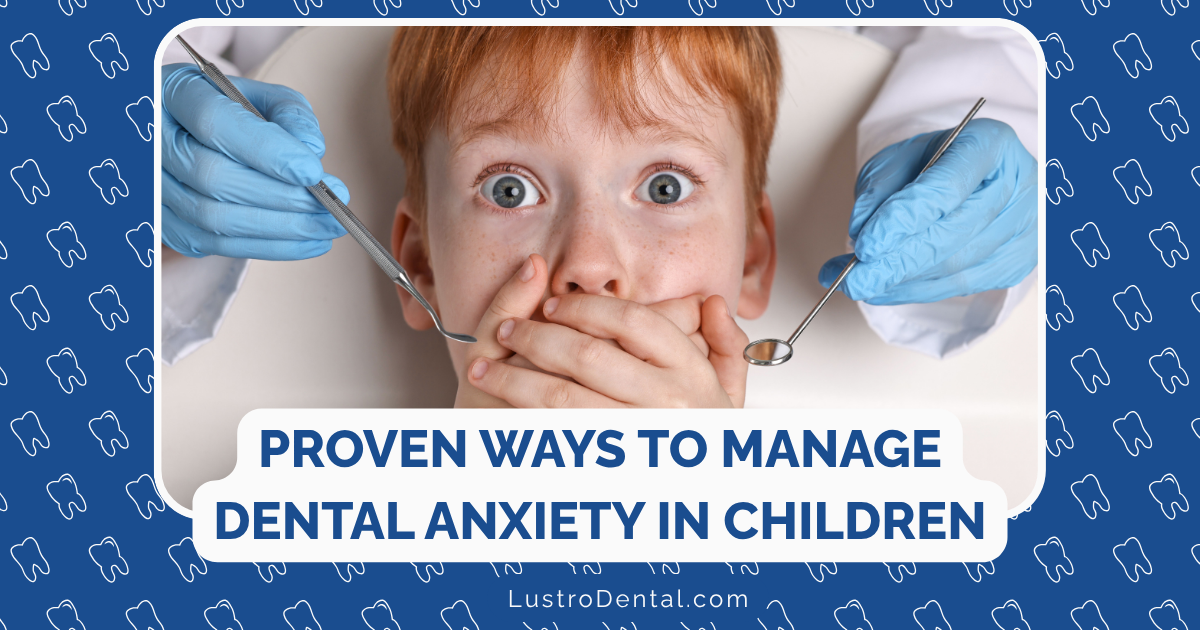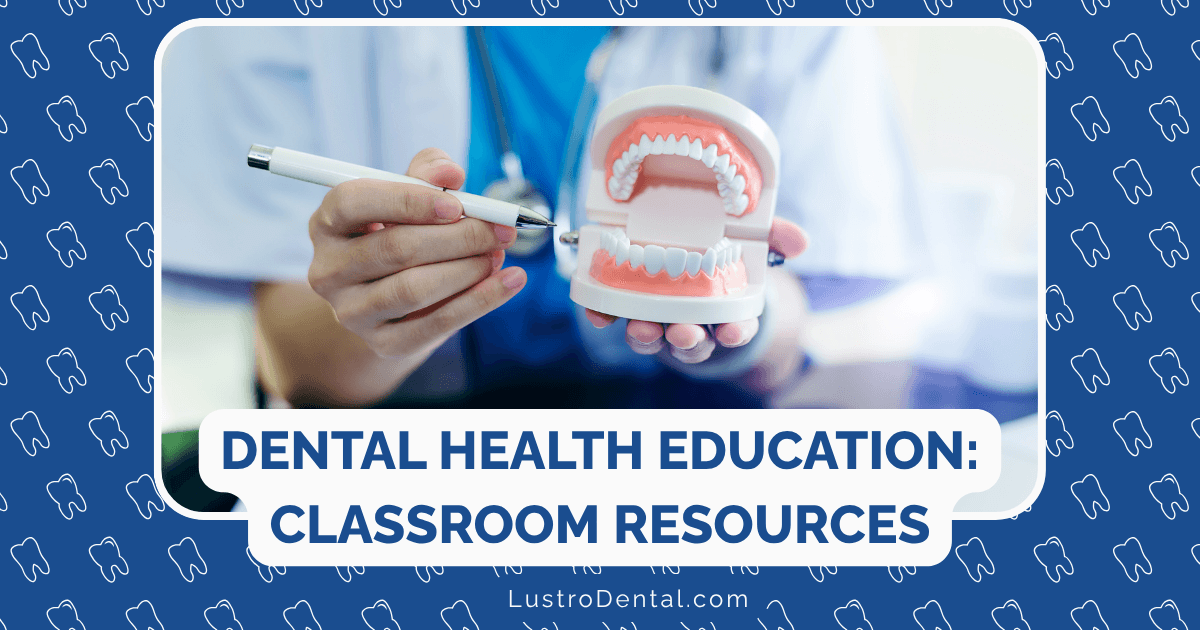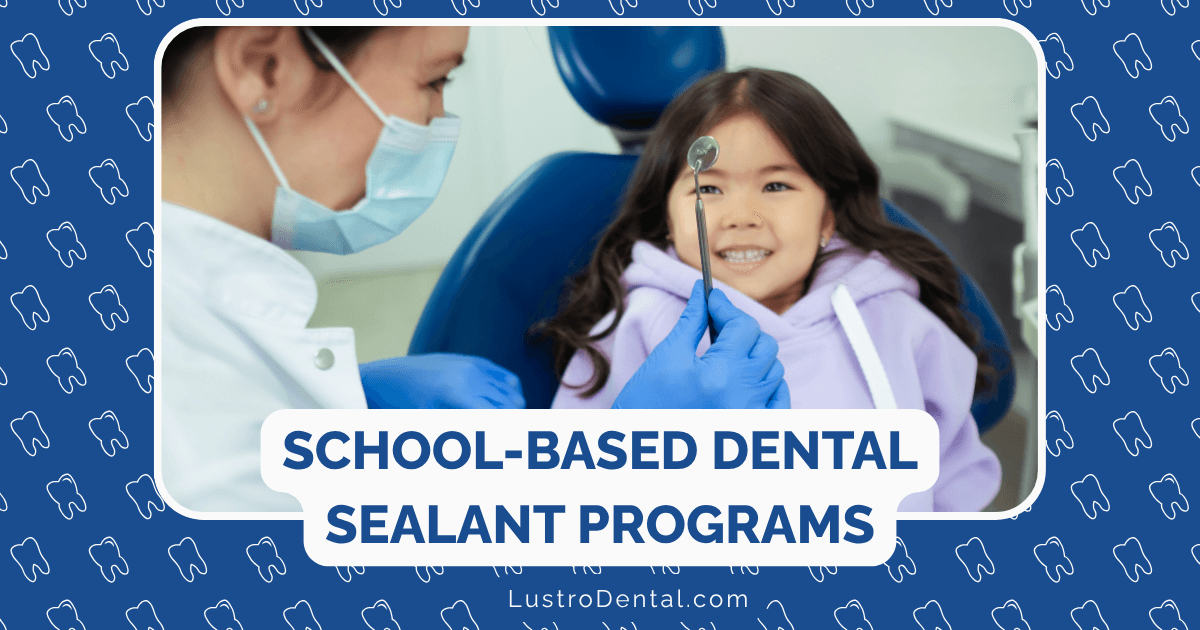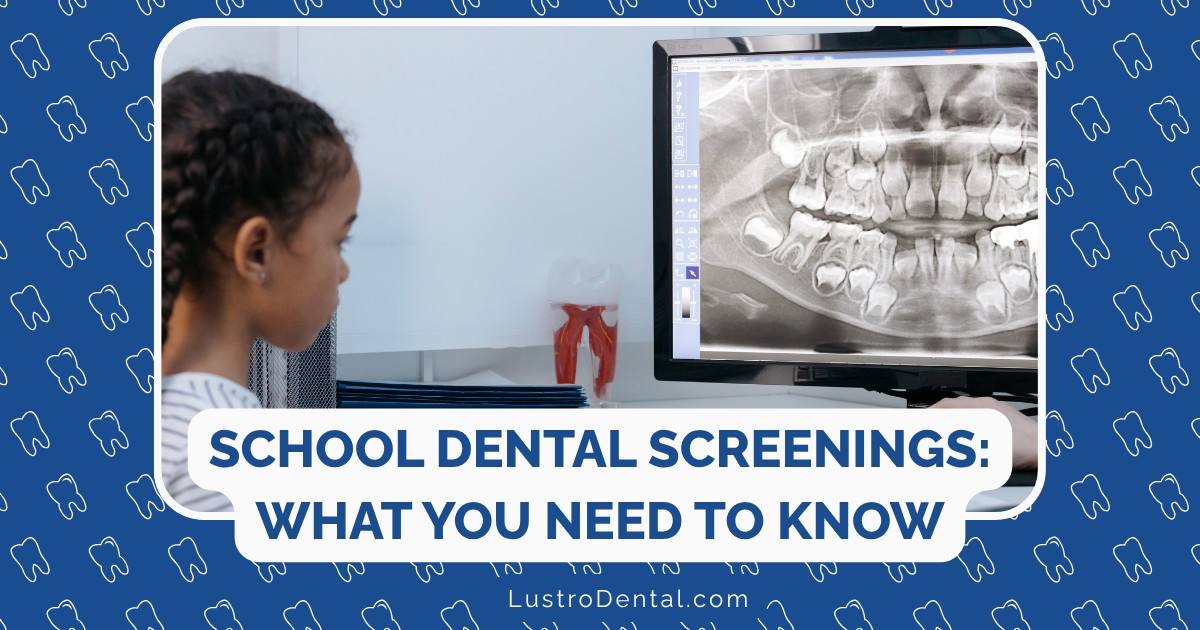Managing Your Child’s Dental Anxiety: Techniques That Really Work

That wide-eyed look of terror. The tears. The pleading to go home. If you’ve experienced your child’s dental anxiety firsthand, you know it can be heartbreaking—and incredibly frustrating. You’re not alone: studies show that between 50-80% of children experience some form of dental anxiety, with 10-20% suffering from severe dental fear that can impact their oral health for years to come.
As a parent, you want to help—but how? This comprehensive guide explores evidence-based techniques that actually work to manage your child’s dental anxiety, turning those dreaded appointments into positive experiences that set the foundation for lifelong oral health.
Understanding the Roots of Dental Anxiety in Children
Before we dive into solutions, it’s important to understand what’s really happening when your child resists dental visits.
Dental anxiety in children typically stems from several sources:
- Fear of the unknown: Unfamiliar environments, equipment, and procedures can trigger anxiety
- Previous negative experiences: One uncomfortable visit can create lasting fear
- Sensory sensitivities: The sounds, smells, and sensations of dental treatment can be overwhelming
- Learned behavior: Children often pick up on parents’ dental anxieties
- Developmental stage: Different ages bring different fears and coping abilities
Dr. Sarah Johnson, pediatric dentist at Children’s Dental Health, explains: “Children’s dental anxiety isn’t just about being ‘difficult.’ Their fears are real and valid. Understanding this is the first step in helping them overcome these challenges.”
Preparation: Setting the Stage for Success
Managing dental anxiety begins long before you arrive at the dental office. These preparation techniques can dramatically reduce fear:
1. Start Early with Positive Dental Experiences
Research published by the American Academy of Pediatric Dentistry confirms that children who visit the dentist by age one have significantly lower rates of dental anxiety later in childhood. These early, non-invasive visits help children become familiar with the dental environment without the association of pain or discomfort.
A recent study in the International Journal of Pediatric Dentistry found that the frequency of dental experiences positively affects children’s anxiety levels, with significant differences between check-ups every six months versus annually. Regular exposure helps normalize the experience.
2. Choose a Pediatric Dentist
Not all dental practices are created equal when it comes to treating anxious children. Pediatric dentists receive additional training specifically focused on child psychology and behavior management.
Look for practices that:
- Have child-friendly waiting areas with toys, books, and activities
- Employ staff who specialize in working with children
- Offer pre-appointment office tours
- Have positive reviews from parents of anxious children
3. Role-Play Dental Visits at Home
Practice makes perfect—and less scary! Set up a pretend dental office at home where your child can:
- Take turns being the dentist and patient
- Become familiar with basic dental tools (toothbrush as a “polisher,” flashlight as an “examination light”)
- Learn dental vocabulary in a non-threatening environment
Dr. Michael Chen of Bright Smiles Pediatric Dentistry suggests: “Use stuffed animals or dolls to demonstrate what happens during a dental check-up. This gives children a sense of control and understanding about the process.”
4. Use Age-Appropriate Books and Videos
Stories are powerful tools for helping children process new experiences. Some excellent options include:
- “Curious George Visits the Dentist” for preschoolers
- “The Berenstain Bears Visit the Dentist” for early elementary children
- “Dora the Explorer Shows How to Brush” for toddlers and preschoolers
The American Dental Association’s MouthHealthy Kids site offers free downloadable coloring sheets and activities about dental visits.
During the Appointment: Effective Anxiety Management Techniques
Even with thorough preparation, many children still experience anxiety during the actual appointment. These evidence-based techniques can help in the moment:
1. Communication Approaches That Actually Work
The way dental professionals communicate with children can significantly impact anxiety levels. A 2025 study published in the International Journal of Clinical Pediatric Dentistry compared two communication techniques:
- Tell-Show-Do (TSD): Explaining a procedure, demonstrating it, then performing it
- CARD™ System: A structured approach where children are given Comfort, Ask, Relax, and Distract options
The study found both methods equally effective at reducing anxiety during dental procedures. Parents can request these approaches when scheduling appointments.
2. Distraction Techniques That Shift Focus
Distraction is one of the most powerful tools for managing in-the-moment anxiety. Effective options include:
- Visual distraction: Ceiling-mounted TVs, virtual reality headsets, or simply bringing a tablet with your child’s favorite show
- Auditory distraction: Music through headphones or listening to audiobooks
- Tactile comfort: Holding a stress ball, fidget toy, or comfort item from home
- Guided imagery: Having your child imagine being in their favorite place
Research from Delta Dental shows that children who are actively engaged in distraction activities report up to 60% less anxiety during dental procedures.
3. Relaxation Techniques for Different Ages
Teaching your child simple relaxation techniques can provide them with lifelong coping skills:
For preschoolers (3-5 years):
- “Balloon breathing”: Inhale deeply through the nose, then exhale slowly through the mouth as if blowing up a balloon
- “Squeeze and release”: Tightening and relaxing different muscle groups
For school-age children (6-12 years):
- Guided visualization: Imagining a peaceful place in detail
- Progressive muscle relaxation: Systematically tensing and relaxing muscle groups
- Counting breaths: Focusing on counting each inhale and exhale
For teenagers:
- Mindfulness techniques: Focusing on present sensations without judgment
- 4-7-8 breathing: Inhale for 4 counts, hold for 7, exhale for 8
- Positive self-talk: Replacing negative thoughts with encouraging statements
4. The Power of Positive Reinforcement
Positive reinforcement—rewarding desired behaviors—is remarkably effective for managing dental anxiety. According to a study from Lewisville Kids Dentistry, children who receive consistent positive reinforcement show significant improvements in dental behavior over time.
Effective reinforcement strategies include:
- Verbal praise for specific behaviors (“You did such a great job holding still!”)
- Token systems where children earn small rewards for cooperation
- Post-appointment special activities or privileges
- Certificates of bravery
Special Situations: When Standard Approaches Aren’t Enough
Some children require additional support beyond these standard techniques:
1. Sensory Processing Considerations
Children with sensory processing differences may find the dental environment particularly challenging. Accommodations might include:
- Scheduling appointments during quieter office times
- Using weighted blankets for comfort
- Requesting minimal overhead lighting
- Bringing noise-canceling headphones
- Asking for fragrance-free products
Many pediatric dental offices now offer “sensory-friendly” appointment options. The Autism Speaks Dental Guide provides excellent resources for children with sensory sensitivities.
2. When to Consider Sedation Options
For some children with extreme anxiety or special healthcare needs, sedation dentistry may be appropriate. Options typically include:
- Nitrous oxide (laughing gas): Mild sedation that wears off quickly
- Oral sedation: Medication taken before the appointment to induce relaxation
- IV sedation: Moderate sedation administered intravenously
- General anesthesia: Complete unconsciousness during treatment
A fascinating 2025 study published in Nature found that children who received comprehensive dental treatment under general anesthesia actually showed decreased dental anxiety 14 days after treatment compared to their pre-treatment levels. This suggests that for some children, completing necessary treatment under general anesthesia might actually improve their long-term relationship with dental care.
Building Long-Term Dental Confidence
Managing dental anxiety isn’t just about getting through the next appointment—it’s about fostering a positive relationship with dental care that lasts a lifetime:
1. Consistent, Positive Home Dental Routines
Children who have positive associations with daily oral hygiene tend to have less dental anxiety. Make brushing and flossing fun by:
- Using timer apps with characters or songs
- Reading dental-themed stories during brushing time
- Creating reward charts for consistent brushing
- Using flavored toothpaste (ADA-approved) that children enjoy
The American Dental Association recommends two minutes of brushing twice daily and daily flossing for optimal oral health.
2. Be Mindful of Your Own Dental Attitudes
Children are remarkably perceptive. If you show anxiety about your own dental visits or make negative comments about dentistry, your child will likely adopt similar attitudes.
Dr. Emily Rodriguez, child psychologist specializing in anxiety disorders, notes: “Parents should be careful about sharing their own dental fears or negative experiences. Instead, model calm behavior and positive language around dental visits.”
3. Celebrate Progress, Not Perfection
Overcoming dental anxiety is a journey, not a destination. Acknowledge and celebrate small victories:
- Sitting in the dental chair for the first time
- Opening wide for an examination
- Allowing a cleaning, even if it’s not complete
- Using coping strategies when feeling anxious
Conclusion: A Partnership Approach
Managing your child’s dental anxiety requires collaboration between parents, dental professionals, and the child themselves. By understanding the sources of dental fear, preparing appropriately, using effective in-the-moment techniques, and building positive associations over time, you can help your child develop a healthy relationship with dental care.
Remember that setbacks are normal, and progress may not be linear. With patience, consistency, and the right techniques, most children can overcome dental anxiety and maintain good oral health throughout their lives.
Has your child struggled with dental anxiety? What techniques have you found most helpful? Share your experiences in the comments below!







